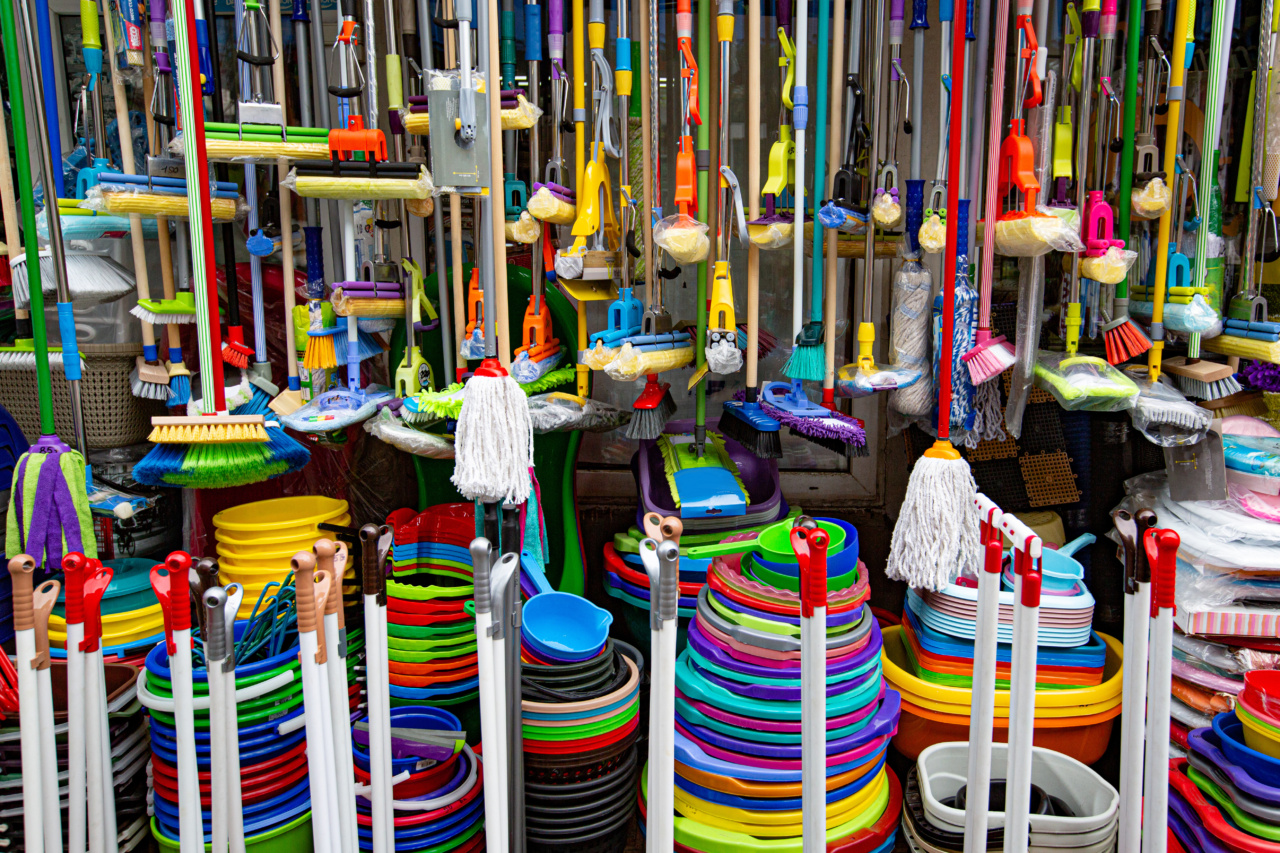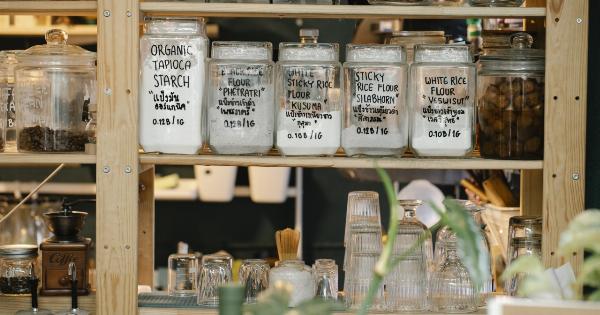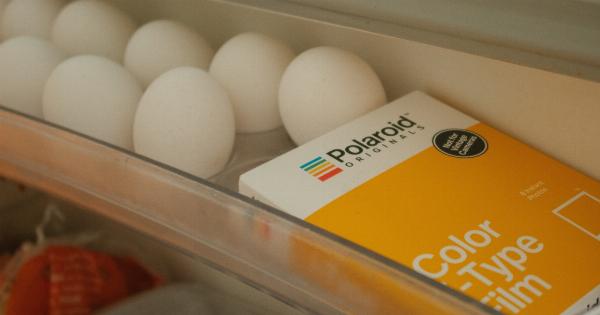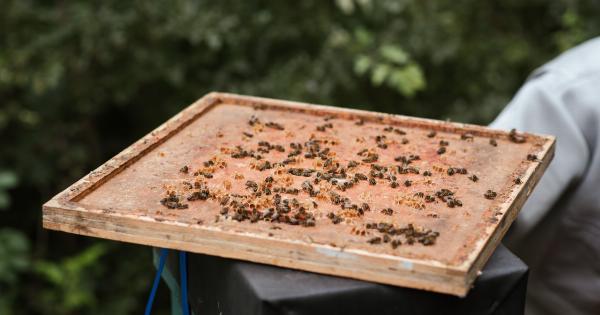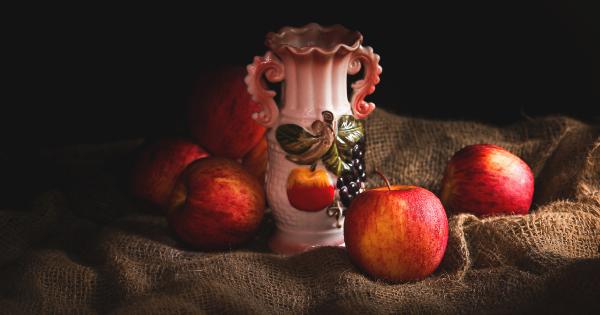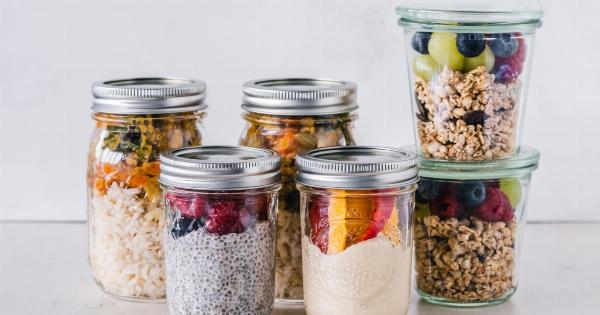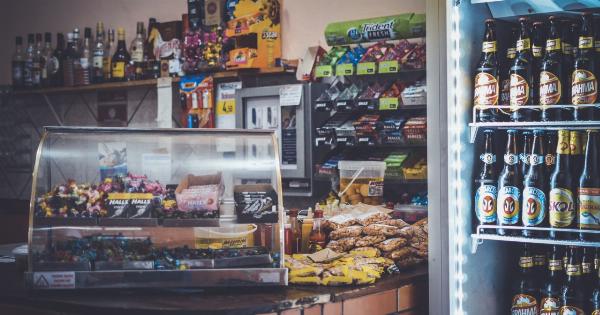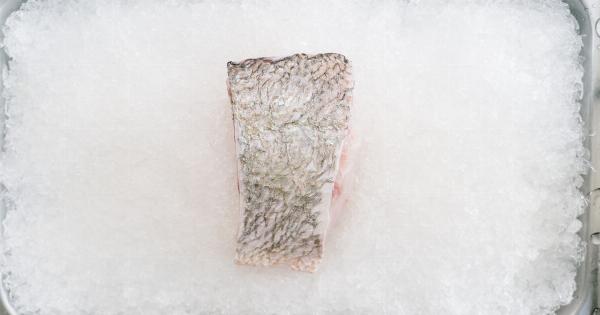Refrigerators are an essential appliance in every household. They help keep our food fresh and prevent it from spoiling.
But have you ever wondered how many items you can actually store in your refrigerator? The answer may depend on a few factors, such as the size and layout of your refrigerator, as well as the types of items you are storing. In this article, we will explore the various factors that can determine how many items you can store in your refrigerator.
Size of your refrigerator
The size of your refrigerator is one of the most crucial factors that determine how many items you can store. Refrigerators come in various sizes, ranging from compact models to large, full-sized ones.
The size of your refrigerator will affect how much storage space is available for your items.
If you have a smaller refrigerator with limited shelf and door space, you may be able to store fewer items compared to a larger refrigerator.
In compact models, you might have to make use of creative storage solutions, such as stackable containers or special organizers, to maximize the available space.
On the other hand, larger refrigerators offer more space for storing items. They typically come with multiple shelves, drawers, and door compartments, allowing you to store a larger quantity and a wider variety of items.
These refrigerators are ideal for larger families or individuals who prefer to buy groceries in bulk.
Layout and organization
Another factor that affects how many items you can store in your refrigerator is the layout and organization of the shelves and compartments. Well-organized refrigerators make it easier to store more items and access them conveniently.
Many modern refrigerators come with adjustable shelves and drawers that can be rearranged to accommodate different sizes and types of items. You can customize the layout of the shelves to create more space or make room for bulkier items.
This flexibility allows you to store a larger quantity of items without overcrowding.
Additionally, some refrigerators have specially designed compartments for specific items, such as fruits and vegetables, meats, or dairy products.
These compartments usually have optimal temperature and humidity settings to keep the items fresh for a longer period. By utilizing these specialized compartments, you can store different types of items separately and maximize the available space.
Type of items being stored
The type of items you are storing also plays a role in determining how many items your refrigerator can hold. Different types of items have different storage requirements and may require varying amounts of space.
Fresh fruits and vegetables, for example, generally take up a significant amount of space due to their bulkier nature. It’s essential to store them properly to maintain their freshness.
Items like leafy greens may need to be stored in crisper drawers, while larger fruits and vegetables can be placed on shelves or in designated compartments.
Meat and dairy products also require a considerable amount of space. It’s important to separate raw meat from other items to prevent cross-contamination and keep them in sealed containers to avoid any drips or leaks.
Dairy products like milk, cheese, and yogurt can be stored in door compartments or on shelves, depending on the refrigerator design.
Leftovers and prepared meals can quickly fill up the available space in your refrigerator, especially if you tend to cook and store meals in advance.
It’s important to use airtight containers to store them properly and make sure to label them with the date to avoid any confusion later on.
Beverages, such as bottles of water, soda, or juice, often take up door shelf space. If you consume a large volume of beverages, this can limit the overall storage capacity for other items.
Efficient storage tips
Now that we have discussed the various factors that can determine how many items you can store in your refrigerator let’s explore some efficient storage tips that can help you maximize the available space:.
1. Use stackable containers: Stackable containers are an excellent solution for organizing small items and utilizing vertical space within your refrigerator.
2. Label your items: Labeling your containers or bags with the date and type of food can help you keep track of the freshness and prevent any food waste.
3. Utilize door compartments: Door compartments are great for storing condiments, sauces, and frequently used items. Make use of these spaces to free up room on the shelves for bulkier items.
4. Invest in storage organizers: There are various storage organizers available in the market, such as fridge bins or egg holders. These organizers can help you categorize your items and make them easily accessible.
5. Avoid overcrowding: While it’s tempting to fully stock your refrigerator, overcrowding can affect the airflow and prevent items from being adequately cooled. Leave enough space between items for proper air circulation.
6. Regularly clean and organize: Regularly cleaning and organizing your refrigerator can help you identify and discard expired or spoiled items, creating space for new ones.
Conclusion
The number of items you can store in your refrigerator depends on factors such as its size, layout, organization, and the type of items being stored.
Larger refrigerators generally offer more storage capacity, while well-organized compartments and shelves can help you maximize the available space. Additionally, considering the specific storage requirements of different types of items can further optimize the usage of your refrigerator.
By following efficient storage tips and regularly cleaning and organizing, you can make the most of your refrigerator’s capacity and keep your food fresh for longer.
